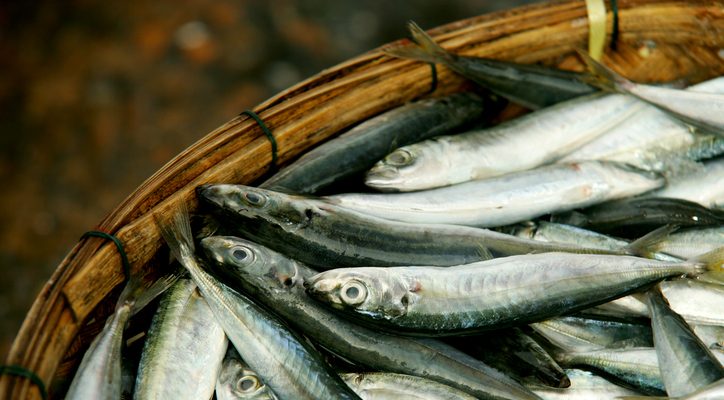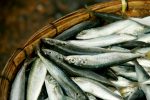
The debate continues, but we definitely know this for sure: fish is healthy for you—in moderation. The omega-3 fatty acids in fish are important for heart health, and have also been proven to reduce arthritis pain and reduce inflammation. Studies have also shown that eating more fish can lower your risk of cardiovascular disease. But are all fish created equally?
Not so. The reason why so many experts recommend limiting fish intake to a few times a week is because of the high mercury contents that certain fish carry, which is one of the reasons why the U.S. Food and Drug Administration (FDA) advises pregnant women to avoid eating too much fish. Unless you fall into this category, you don’t want to miss out on the health benefits of fish.
4 Healthy Fishes To Gain Their Benefits
1. Albacore Tuna
Unlike other tuna, albacore tuna contains less mercury, so you still get to reap the health benefits of this fish. You want to look for tuna that has a blue eco-label or says “Marine Stewardship Council,” because that label means it was troll- or pole-caught in the U.S. or British Columbia, Canada.
Fish that are caught this way are usually smaller and younger and contain less mercury than larger, older fish caught on longlines.
2. Wild-caught Alaskan Salmon
Alaska’s fisheries are constantly monitored to ensure that we don’t overfish and cause the fish population to dwindle.
These quotas, coupled with strict regulations regarding water quality, make wild-caught Alaskan salmon one of the healthiest fish to eat.
They’re less likely to have mercury or other contaminants, and have 1,210 milligrams (mg) of omega-3 for every three-ounce serving.
Salmon is also a good source of vitamin D—one serving of salmon has your entire daily recommended dietary allowance of vitamin D—and contains calcium, as well. Don’t miss out on the health benefits of this fish.
3. Pacific Halibut
This fish contains a high concentration of omega-3s (approximated 439 mg for every 75-gram serving), is low in fat, and is a good source of potassium and vitamin D.
If you can, avoid Atlantic halibut, which are often overfished, and choose Pacific halibut instead, which are more regulated.
4. Sablefish
Another great source of omega-3s, this fish is often called the “butterfish” because of its creamy, buttery texture. Like many fish, sablefish is also a rich source of the trace mineral selenium, which helps preserve your cells from damage.
Don’t miss out on the health benefits of fish. As long as you eat in moderation, these four fish are great ways to get lots of vitamins and minerals.
Sources:
Young, L., “The best fish to eat,” Best Health Magazine web site; http://www.besthealthmag.ca/eat-well/healthy-eating/the-best-fish-to-eat?slide=5, last accessed June 25, 2013.
“Fish and shellfish: 6 to eat, 6 to avoid,” Eating Well web site; http://www.eatingwell.com/food_news_origins/green_sustainable/fish_and_shellfish_6_to_eat_6_to_avoid?page=3, last accessed June 25, 2013.













